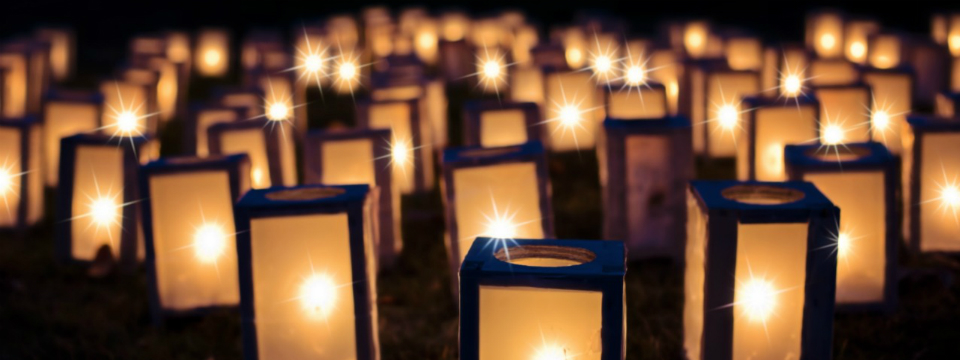LGBTQ Terms That Every Mentor Should Know
Fenway Health recommends that its providers maintain a level of cultural competence in order to best serve their LGBTQ clients, and one element of this is having a working vocabulary surrounding LGBTQ life and health. In the same spirit during National LGBTQ History Month, mentors should also work to build vocabulary around LGBTQ issues in order for them to have supportive conversations with their mentees who identify as LGBTQ or who are simply curious about the community. Below, we have compiled a starter guide of terms pertaining to the LGBTQ community and list resources for further reading.
Sexual Orientation
Sexual orientation: Sexual orientation refers to an enduring pattern of emotional, romantic, and/or sexual attractions to men, women, or both sexes. Sexual orientation also refers to a person’s sense of identity based on those attractions, related behaviors, and membership in a community of others who share those attractions. (American Psychological Association)
LGBTQ: Acronym for Lesbian, Gay, Bisexual, Transgender, Queer/Questioning.
Queer: Generally, queer is an umbrella term that describes a person who is not heterosexual. Someone may use the term queer as the way they identify, period, or may use terms like those below and also identify as queer. (Scarleteen)
Homosexual: Someone who is solely or primarily (mostly) attracted to people of the same or similar sex or gender as them, such as men who are attracted to men. (Scarleteen)
Lesbian: Women attracted to other women. (Fenway)
Gay: Men attracted to other men. (Fenway)
Bisexual: Someone who finds they can feel attraction to people of more than one gender, be that to both men and women, to people of all gender identities, or who doesn’t experience gender as a major factor in their attractions, period. (Scarleteen)
Asexual: Someone who has not experienced or does not experience sexual attraction to others or does not have a desire to be sexual with partners. In other words, someone who is not sexually attracted to anyone of any gender. (Scarleteen)
Pansexual/Omnisexual: Someone who can feel attraction to people of all gender identities, or who doesn’t experience gender as a major factor in their attractions, period. (Scarleteen)
Questioning (or -curious or -flexible, like bicurious or heteroflexible): Someone who isn’t sure right now, or has never been, of what their sexual orientation is; who is in the process of figuring that out. Terms like bicurious or whatever-flexible usually are used by someone who feels an interest or curiosity about a given gender of people sexually, but is still in the process of questioning. A term like that is sometimes also used to describe an interest in people of a given gender that’s there, but not felt as so central to be part of someone’s overall orientation. (Scarleteen)
Gender Identity
Gender: Gender refers to the socially constructed roles, behaviors, activities, and attributes that a given society considers appropriate for boys and men or girls and women. These influence the ways that people act, interact, and feel about themselves. (APA)
Sex: Sex is assigned at birth, refers to one’s biological status as either male or female, and is associated primarily with physical attributes such as chromosomes, hormone prevalence, and external and internal anatomy. (APA)
Transgender or trans: Transgender is an umbrella term for persons whose gender identity, gender expression or behavior does not conform to that typically associated with the sex to which they were assigned at birth. (APA)
Transsexual: people whose gender identity is different from their assigned sex. Often, transsexual people alter or wish to alter their bodies through hormones, surgery, and other means to make their bodies as congruent as possible with their gender identities. This process of transition through medical intervention is often referred to as sex or gender reassignment, but more recently is also referred to as gender affirmation. (APA)
MTF/FTM: “male to female” (MTF) transgender has been used to describe a person born with male genitalia but who identifies as a female; the term “female to male” (FTM) has been used for the reverse. (Fenway)
Genderqueer: Genderqueer is a term that some people use who identify their gender as falling outside the binary constructs of “male” and “female.” They may define their gender as falling somewhere on a continuum between male and female, or they may define it as wholly different from these terms. (APA)
Gender non-conforming: Those who just do not identify with various cultural or social “rules” or roles assigned to different sexes, genders or gender identities. Some gender nonconforming people identify as trans gender, some as genderqueer, some as cisgender, some as agender or with another or no other qualifier altogether. (Scarleteen)
Cisgender: A term used to define a person whose gender “matches” or feels like a match for, their assigned sex at birth and things typically associated with that sex. For example, someone sexed female at birth who identifies her gender as woman. (Scarleteen)
Sources for further reading:
The American Psychological Association’s Guide to Sexual Orientation
The American Psychological Association’s Guide to Transgender People and Gender Identity
Fenway Health’s Guide to Improving the Health of LGBT People
Scarleteen’s The Rainbow Connection: Sexual Orientation for Everyone
Scarleteen’s Guide to Gender and Identity
If we missed any terms that you think should be on this list, or have other resources for mentors to educate themselves about the LGBTQ community, please feel free to leave them in the comments below!










